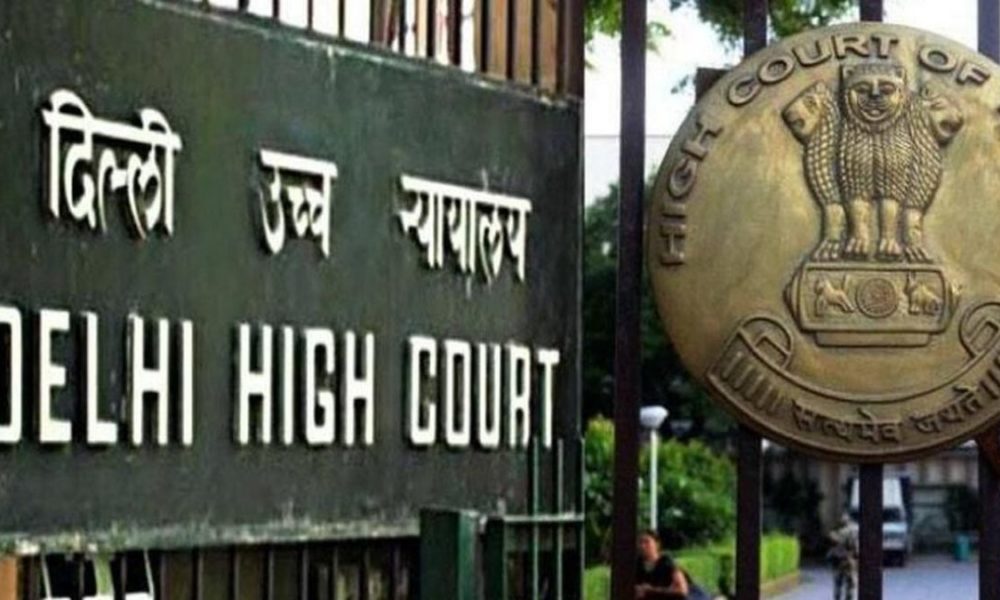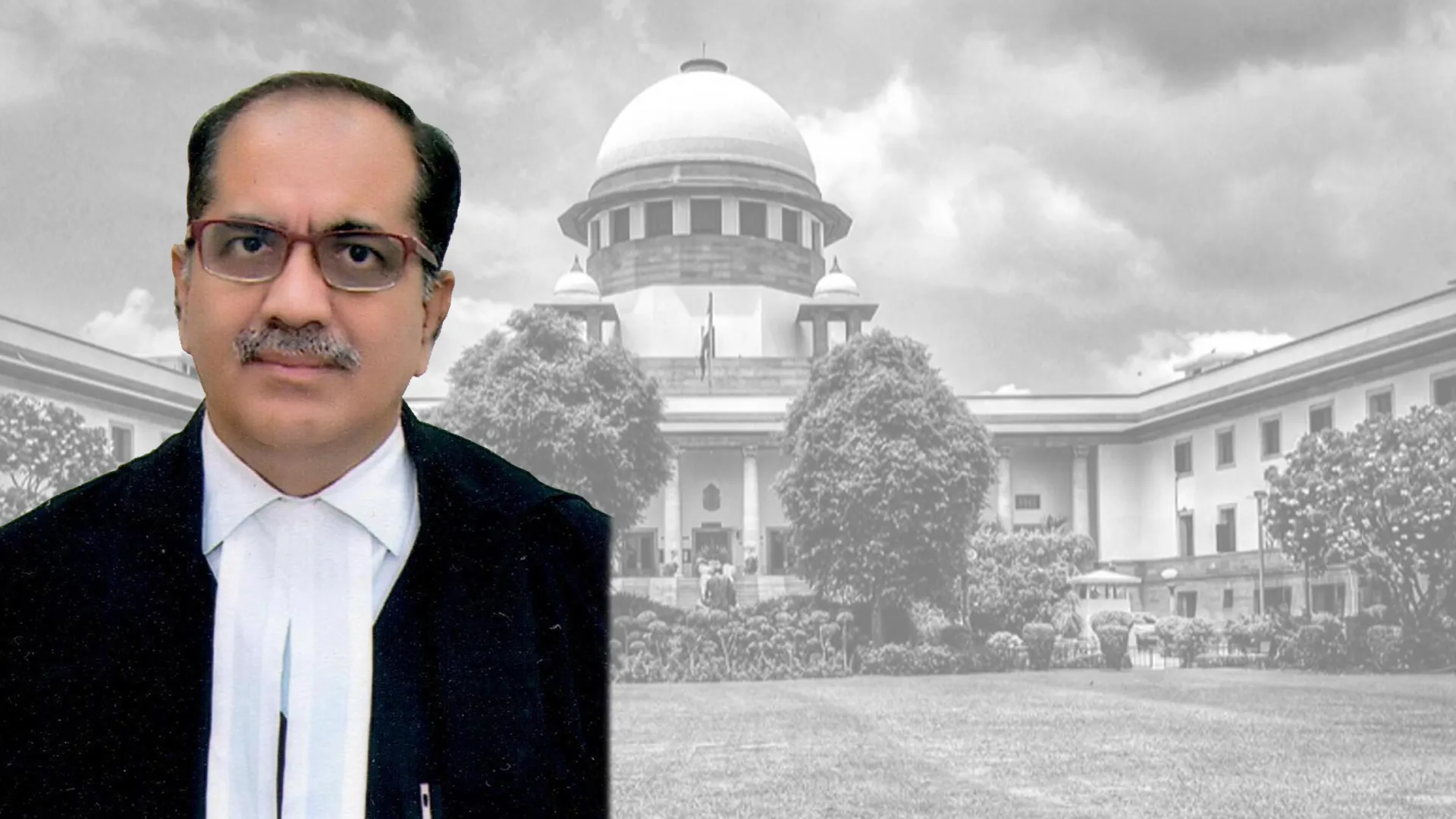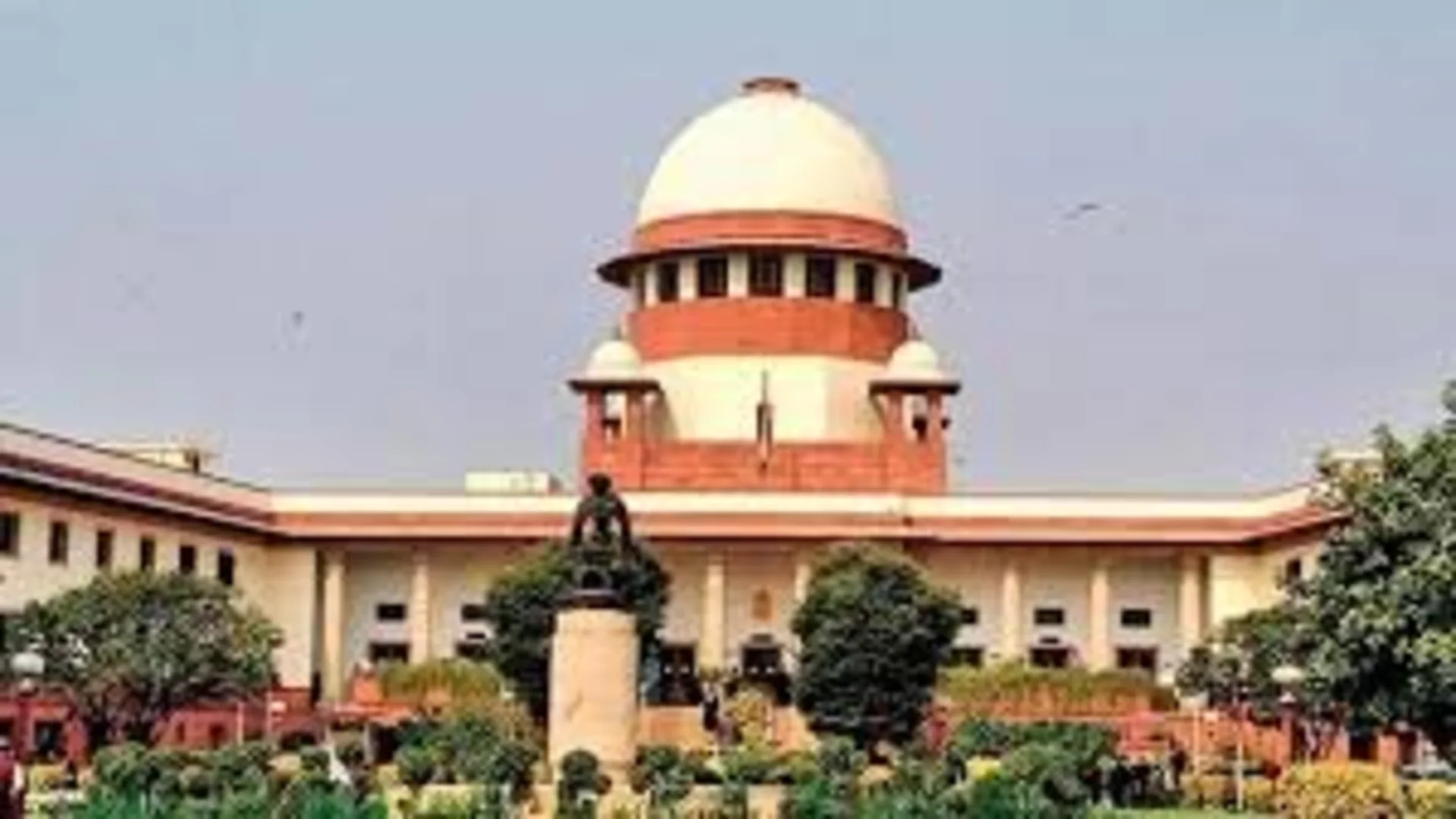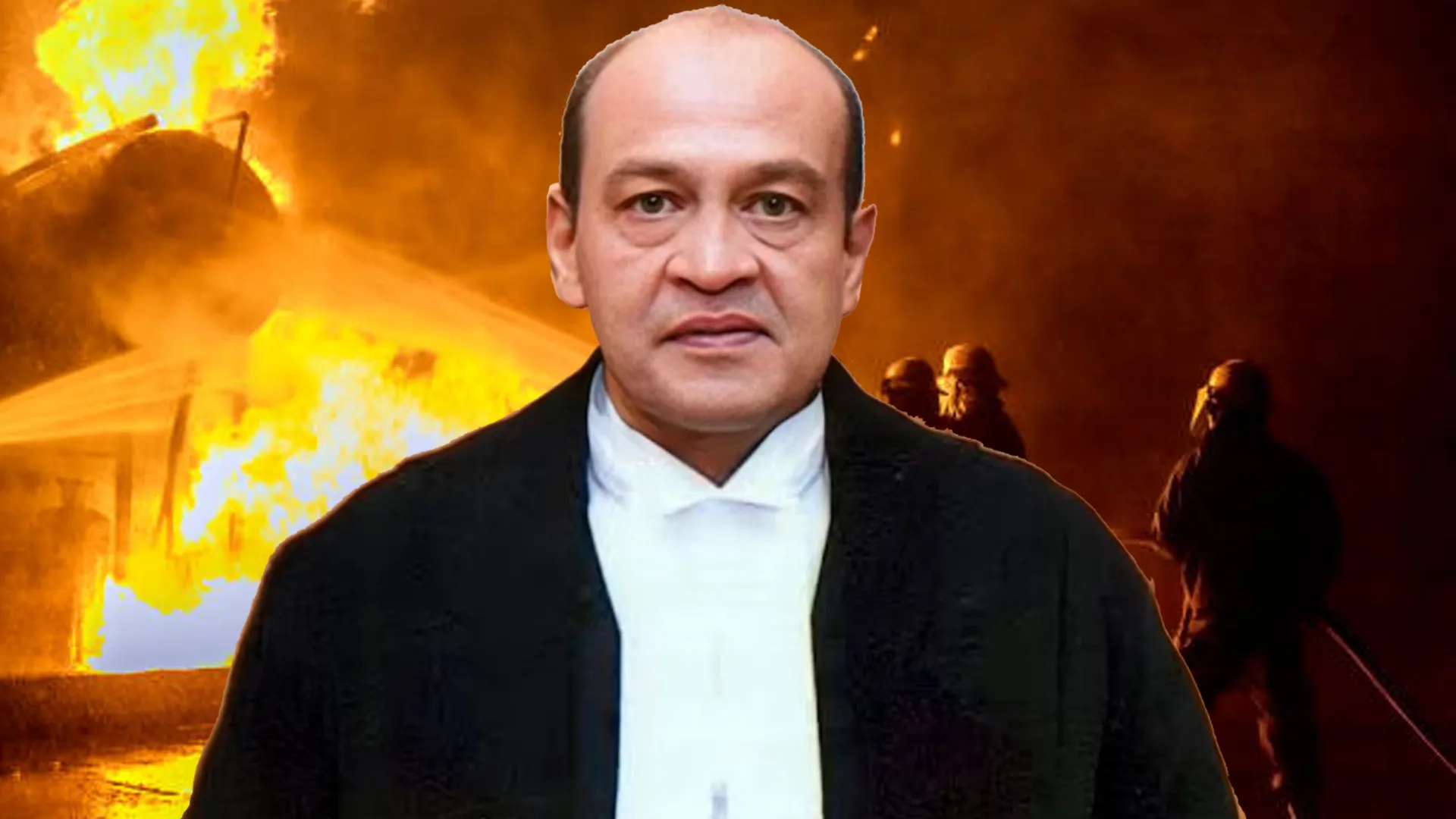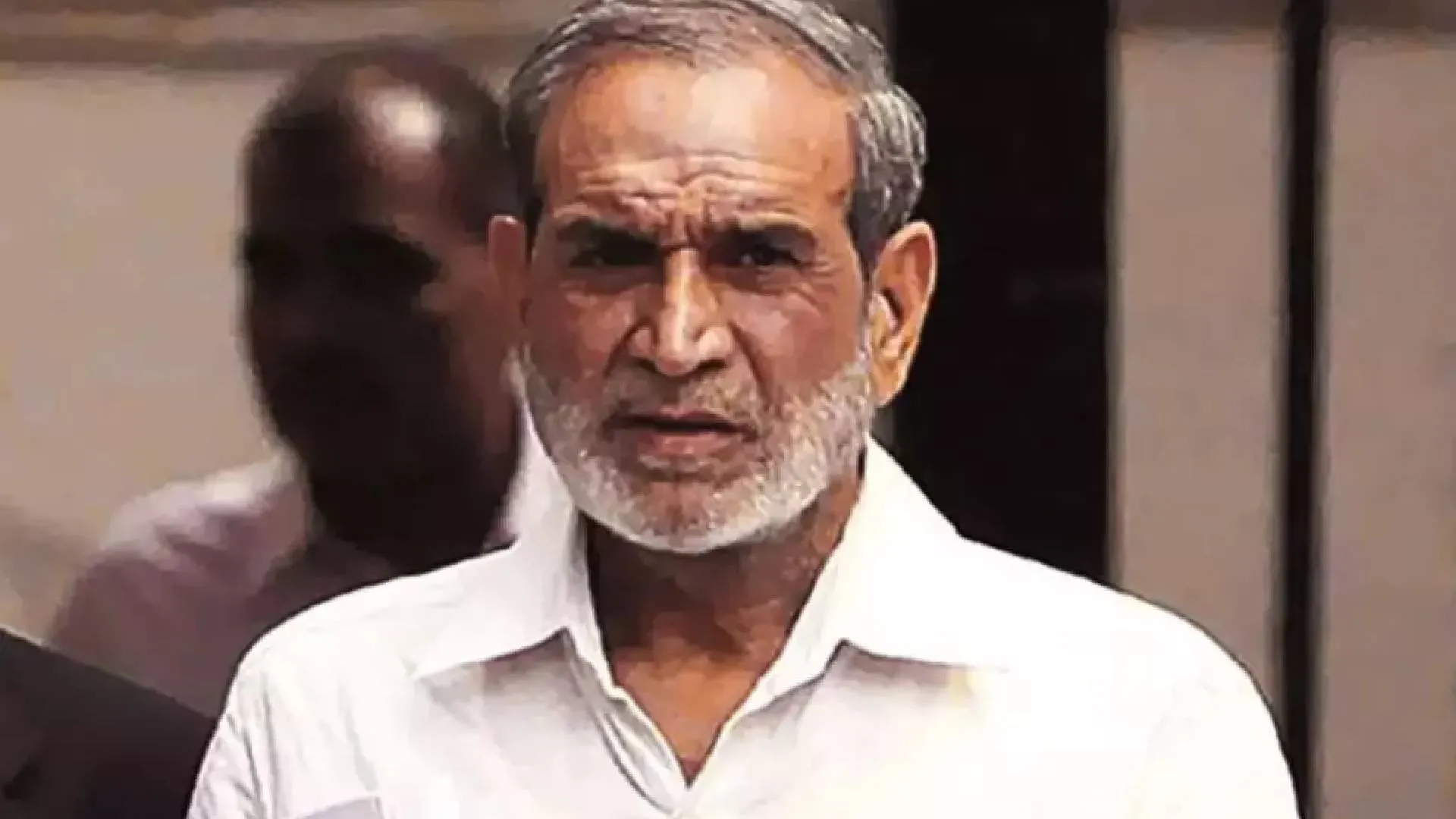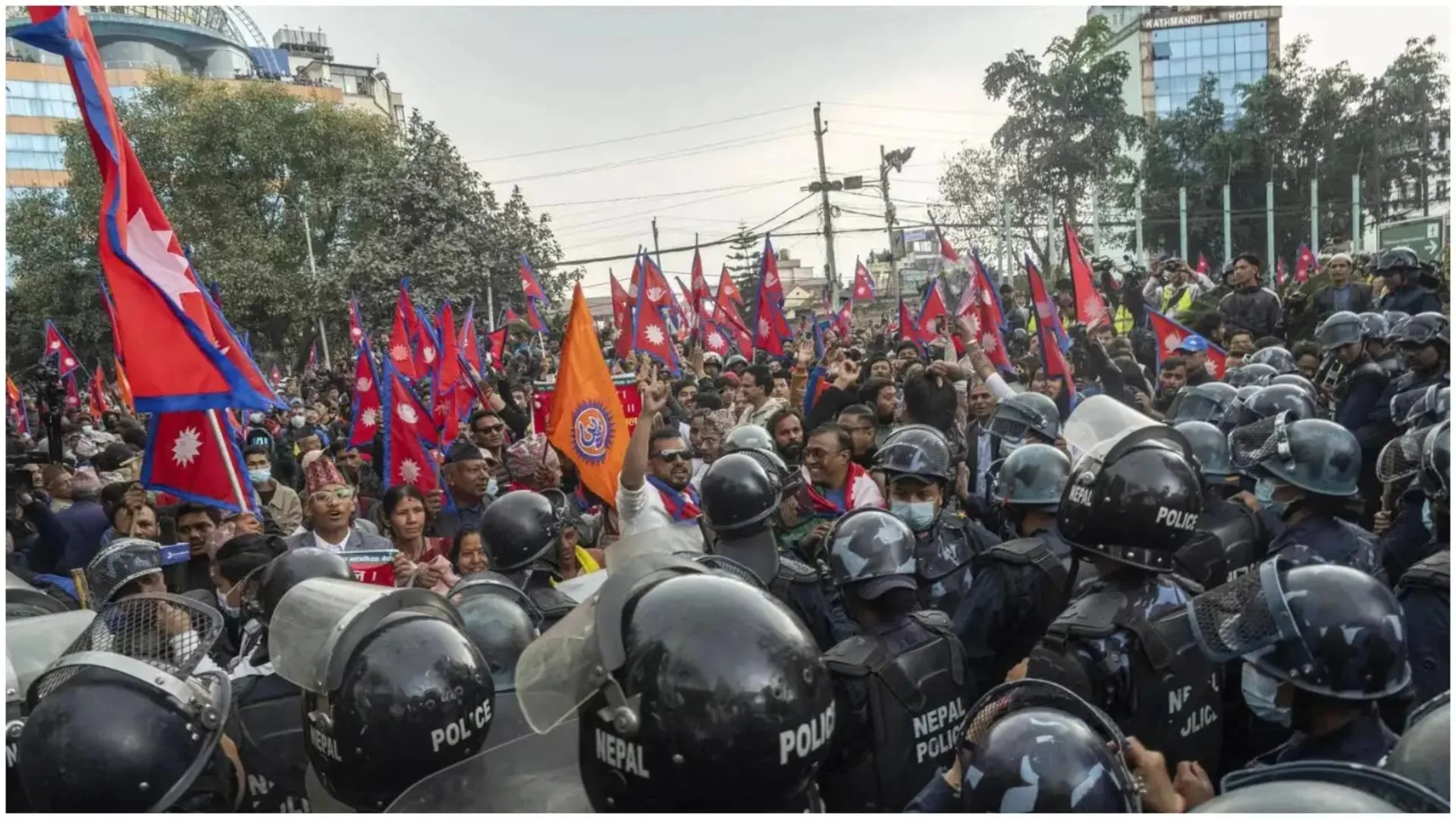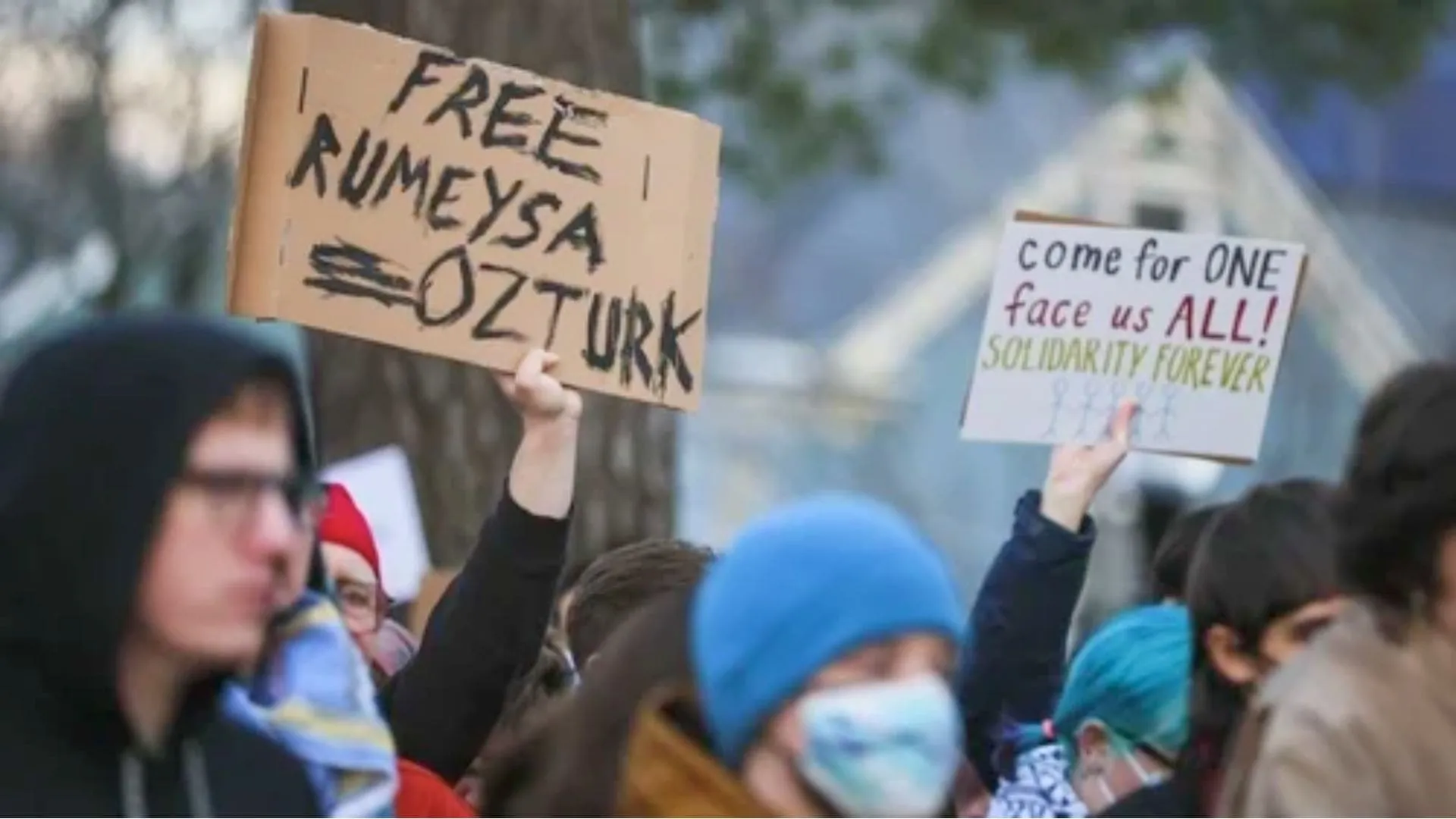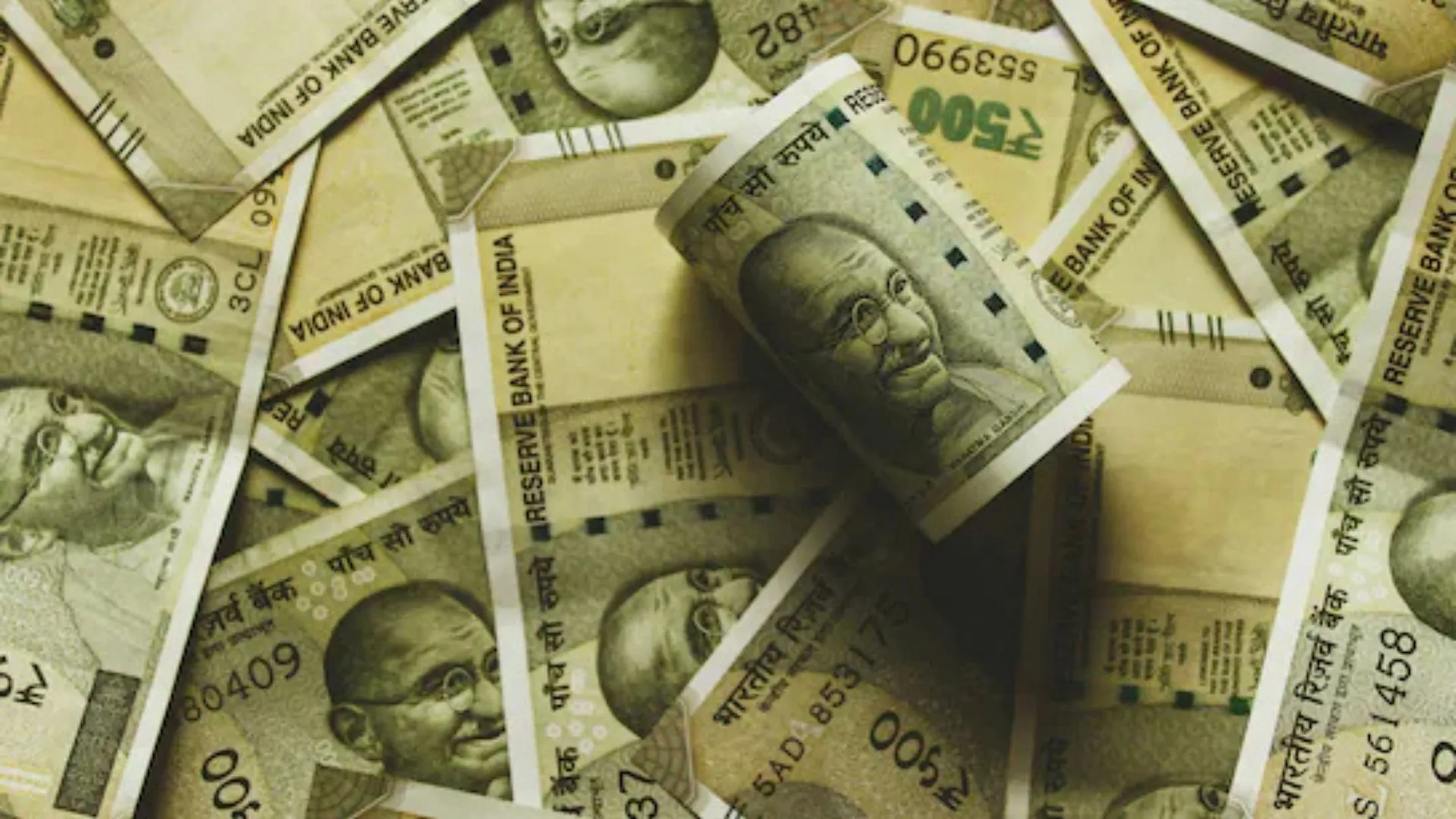The Criminal Procedure (identification) Act, 2022 has received President’s assent on April 18th thereby replacing Identification of Prisoners Act, 1920. There are three major changes introduced by the way of new act, alleged to be draconian and against the notion of dignity and liberty. First, allowing the government to collect and compile sensitive data, such as handwriting, biometric, biological sample (semen, blood, hair, etc.). Second, inclusion of convicted, under-trial, detainee, as well as any person that may be aid to the investigation (being compoundable or non-compoundable) under the domain of person from whom data may be collected. Third, National Crime Record Bureau to be the central agency for compiling and collecting such record in digital form for 75 years.
A PIL has been filed before Delhi High Court, challenging vires of The Criminal Procedure (identification) Act, 2022. Delhi High Court on April 21, 2022 sought reply from State regarding the same. It is alleged that in guise of aid to investigation, the said statute is creating a “surveillance state”.
In order to understand the object of the Act, and modus operandi, speech of Home Minister Shri Amit Shah should be referred, where he clearly stated that the bill (now Act) is introduced due to low conviction rate in criminal matters, provisions of the statute would aid the police officers to secure convictions in the criminal matters. He also stated that soon there would be amendments in Code of Criminal Procedure, 1973 as well as Indian Penal Code, 1860. The police stations would now be linked to Crime and Criminal Tracking Network and Systems.
The Act has widened the scope of the term “measurement” including biometrics, biological samples, signature, etc. that may be collected. The act compels any person who is “accused”, “under-trial”, “detainee” or any person that may aid to the investigation, to provide sensitive information to the authorities that may be stored in the database upto a period of 75 years. Sub-section (2) of Section 6 of the act clearly specifies that any resistance or refusal in providing such “measurements” would amount to an offence under Section 186 Indian Penal Code.
Proviso of Section 3 clearly states that if a person is under-trail for any offence committed against a woman or a child or any offence punishable with imprisonment of not less than 7 years, is compelled to provide his biological samples if so ordered by the Magistrate. The meaning of term “offences committed against a woman or a child” is ambiguous as it does not specify any class of offence draftsman is referring to. For the purpose of interpretation of the same, one can argue that these include only those offences committed against a woman that are punishable for a term not less than 7 years. If so interpreted, that will make redundant the phrase itself as the later part is sufficient enough to cover the prior part also. Thus, this interpretation should be rejected.
On the other hand if it is argued that “offences committed against a woman or a child” includes any offence committed where the complainant is a woman or a child, that would be arbitrary, excessive and unreasonable as it will allow the provisions of this act to be invoked in cases such as road accident, pick-pocketing, etc.
Subsection 2 of Section 4 of the Act states that The National Crime Record Bureau shall retain these records in digital form for a period of 75 years, from the date of collection of such measurement. It is very clear from the provision itself that a central authority named The National Crime Record Bureau would create a database of person referred under section 3 of the act and may retain it for a period of 75 years.
Proviso of Sub section 2 of Section 4 clearly specifies that the record of a person who has never been convicted under any law and is acquitted, discharged or released without trial under present matter would be destroyed. This provision impliedly creates a bar on destruction of records of those who were previously convicted in any matter under any law at the time being in force but in present matter are acquitted or discharged or released without trial. This provision thus violates an individual’s right to be forgotten, a recognised right under General Data Protection Regulation as well as Article 21 of Constitution of India.
While dealing with the issue of collection and compilation of demographic and biometric data of residents of the country, the Hon’ble Apex Court in Justice K.S. Puttaswamy and anr. vs. Union of India and Ors.1, stated the Principal of Proportionality and Legitimacy should be applied while dealing with the cases of Right to Privacy. Accordingly the legislation must be having a legitimate aim, the extent of such interference must be proportionate and there must be a procedural guarantee against such interference.
Information Privacy is a facet of Right to Privacy guaranteed under Article 21 of The Constitution of India. The Constitutional Protection under Article 21 creates an embargo upon State from committing any intrusion upon privacy of a citizen. Also, it puts an obligation upon state to take all necessary measures for protection of privacy of individuals. Introduction of such law in absence of robust data protection policies compromises with the privacy of individuals. The provisions thereby militate against fundamental rights and are required to be struck down.
Proviso of Sub section 2 of Section 4 clearly specifies that the record of a person who has never been convicted under any law and is acquitted, discharged or released without trial under present matter would be destroyed. This provision impliedly creates a bar on destruction of records of those who were previously convicted in any matter under any law at the time being in force but in present matter are acquitted or discharged or released without trial.

